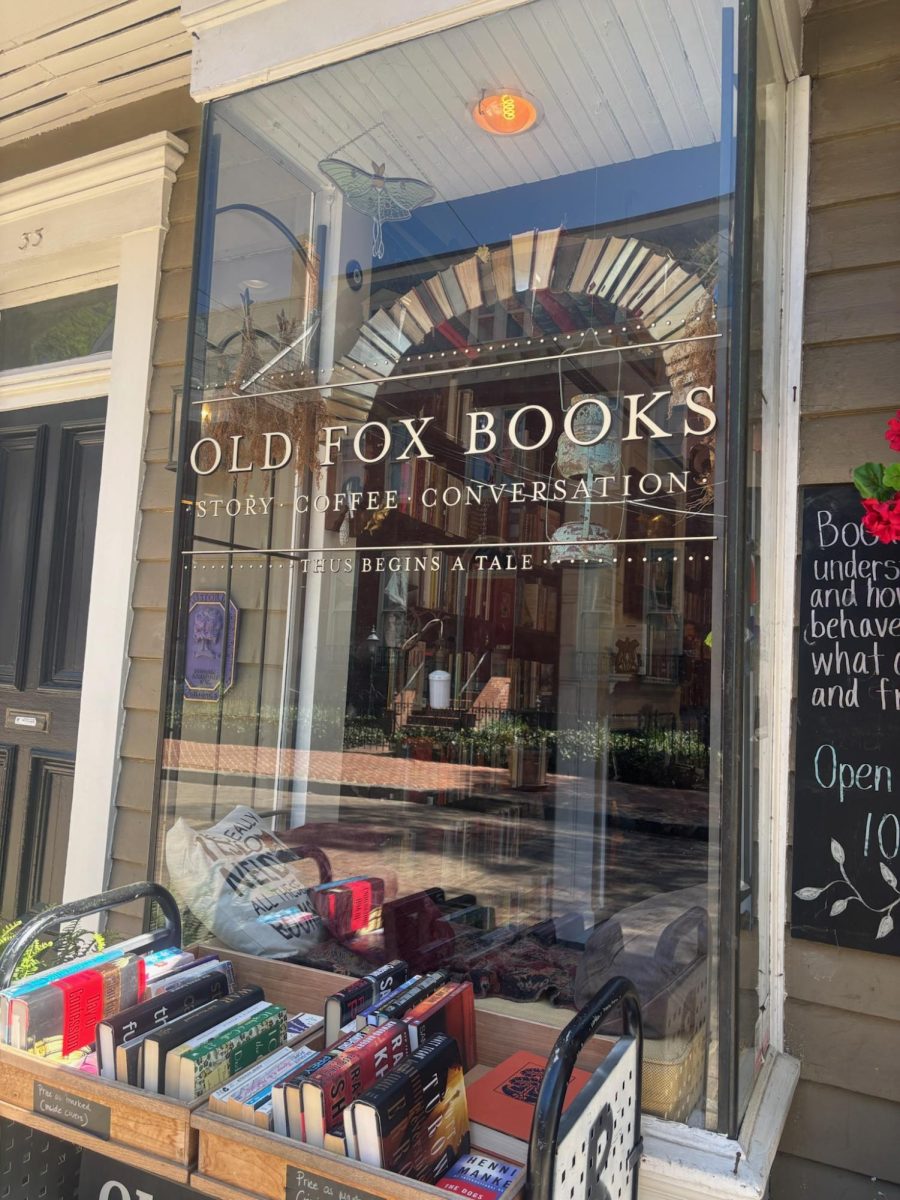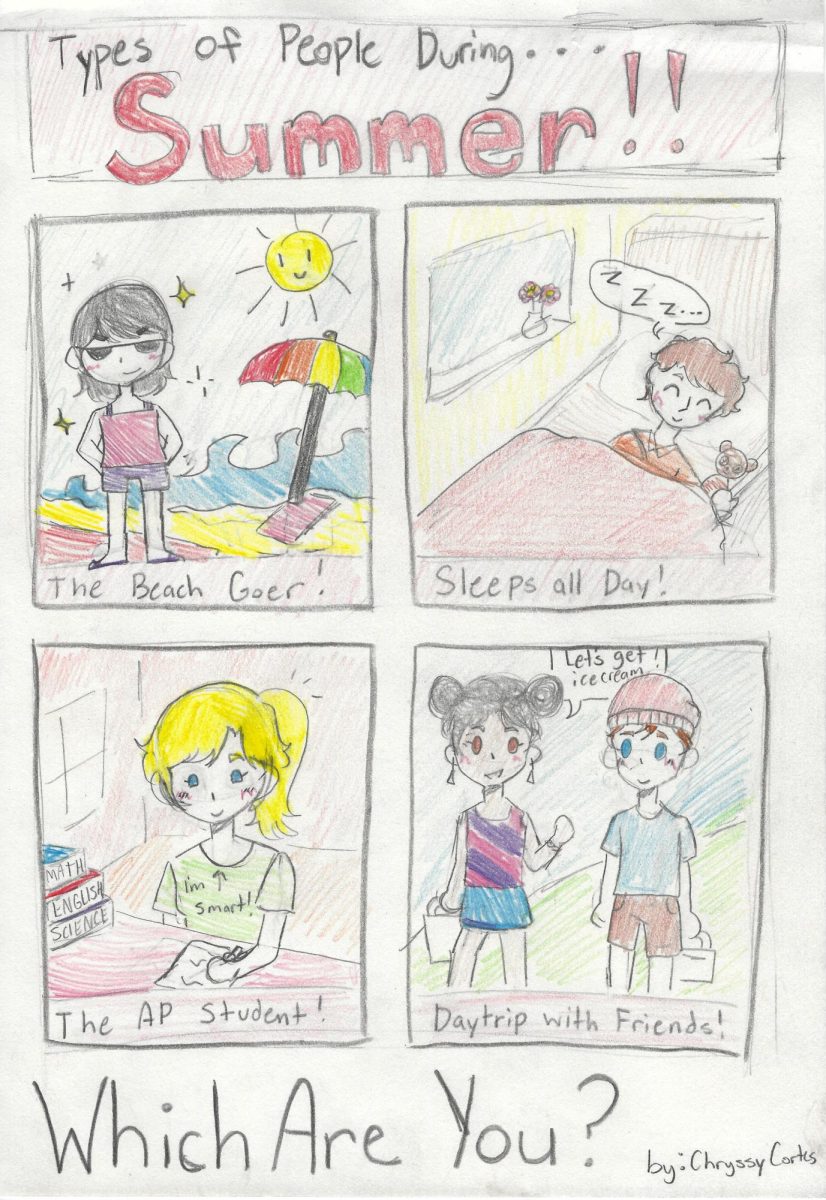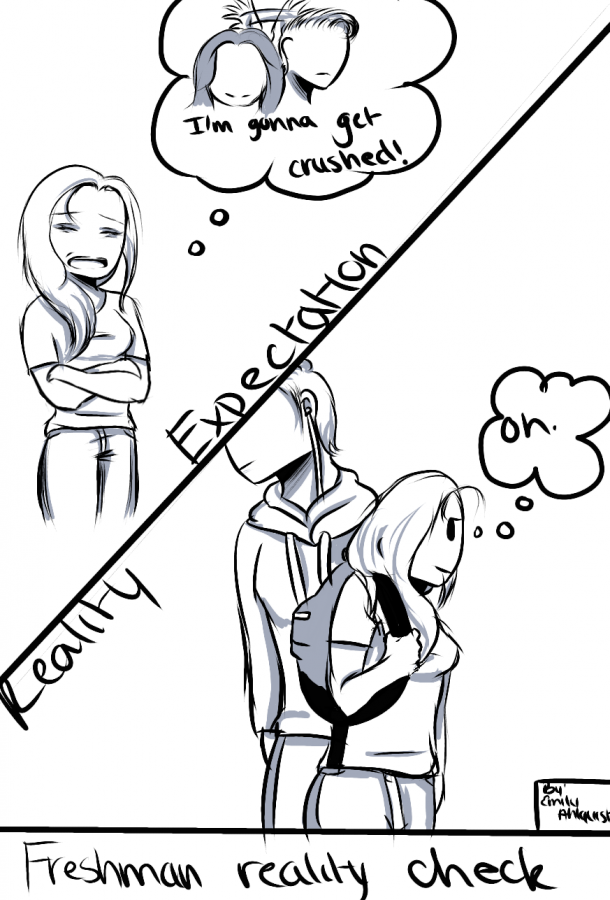‘Tell Me’ Inspires Young Readers with a Spirited Heroine
February 21, 2023
Anna, a 13-year-old girl visiting her grandmother’s town, was sitting on a perfectly ordinary bench outside the local library when she witnessed a completely extraordinary event. A young girl jumped out of a moving car and tried to run away, but was grabbed and pulled back by a man with claims of, “She’s my daughter! She’s sick!” Anna was dumbstruck by what happened, growing more and more concerned as adults dismissed it as “a rough family moment.” After contacting law enforcement led to a series of rabbit holes, Anna realizes what she thought to be a kidnapping may be a crime much deeper with many more victims than one little girl.
Tell Me, written by Joan Bauer and published in 2014, is a great introduction to mature themes with a target audience of preteens. I enjoyed rereading this book as an older teen almost as much as I did when experiencing it for the first time four years ago. It works to portray the process of growing up and realizing the ‘real world’ is a place full of hardships and injustice, where adults don’t always know what to do. It hits highs and lows, contrasting Anna’s joyful experiences with her grandmother in a beautiful small town with the intrigue of a criminal mystery.
This novel has a quick flow of events so readers can stay hooked on the mystery, caring about the outcomes of the characters without skipping to the end due to boredom. The author skillfully weaves together multiple subplots to create one cohesive story with well-developed and colorful characters.
The town Anna is staying in is a quaint, friendly place where everyone knows everyone and, according to the unofficial town motto, “Nothing bad ever happens here.” At the time of the incident, bustling preparations are underway for a televised flower festival, which throughout the book is contrasted with the darker theme of the greater issue behind the town’s bright smiles. This setting paints an unsettling picture for those starting to discover the true unfairness and cruelty that can occur in the world and be left unnoticed. Anna is left feeling crazy for being one of the only ones committed to the investigation, and young readers who feel that their voices aren’t heard can empathize with her.
There are many times when Anna is frustrated by adults not taking her seriously and urging her to “just wait and see” or to “let the adults handle it.” The book addresses the notion that adults can be wrong and not always know what’s best for every situation. This topic is often ignored in literature for younger readers, when it should be discussed more than ever. As readers of this age group enter the momentous transition period of their lives, from dependent children to self-reliant adults, the harsh realities should be up for discussion.
Anna’s journey of discovering her self-worth, standing up for what she believes in, and striving to make a difference is a valuable story for preteen and teen readers. Anna refuses to believe that an unfixable problem exists, and through dead end after dead end, she does whatever she can to help and contribute to the cause. Her determination can influence or inspire young readers to speak up when they discover a problem, big or small.
Bauer often depicts emotionally confusing moments through Anna’s thoughts. I believe including inner dialogue in a novel can sometimes make for cheesy, less mature writing. However, in this novel, it makes it easier to connect to and understand Anna’s character, which I appreciate.
At times, Anna’s mental health suffers from the stress of trying to remember details as a witness and overworking herself in an irrational state of guilt over not being able to solve the case. Anna’s relatives and friends give her advice to help pull her out of the downward spiral, advice that attempts to relate to a broad audience of readers. Still, this book is targeted towards a younger audience, and I found that the advice being used wasn’t followed up and that the solutions were surface level. Older readers may be entertained by this novel, but they won’t find its advice as relevant to the issues they face.
Bauer characterized Anna in a way that makes her feel like a real teenager, and the type of person I would love to have as a friend. She has good humor and a friendly, bright spirit despite her struggles. Her loyalty and determination are admirable traits. When Anna told her best friend about witnessing the incident with the girl who tried to run away, he responded with a simple truth: “She’s lucky it was you who saw her. You won’t let it go.”
I thoroughly enjoyed reading Tell Me as a preteen, and I was still entertained by it years later. I’d recommend this book to anyone looking for suspense and excitement, especially for those interested in mysteries. I would also highly recommend Tell Me for preteen readers who are looking for more mature themes in a quick read.

























